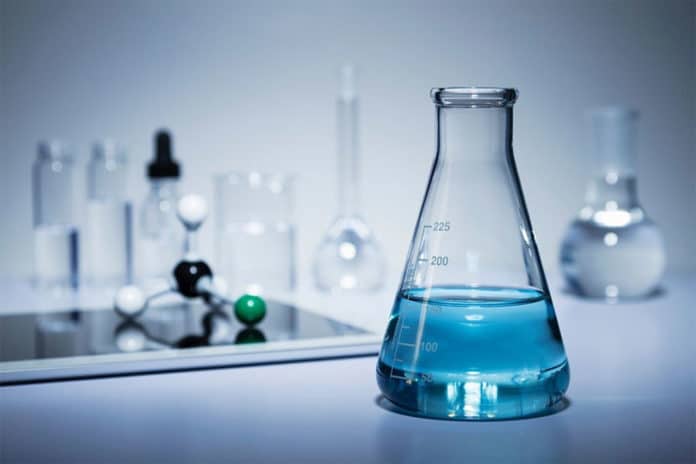Scientists from Rice University have discovered a new rhodium catalyst to convert nitrite pollutant waste into ammonia and hydrazine easily. Ammonia is used in agriculture as fertilizer as well as a household cleaner, whereas hydrazine is used as rocket fuel.
Creating ammonia and hydrazine from nitrite waste is quite exciting for scientists. Fertilizers consisting of ammonia is essential for global food supplies. Also, ammonia has been discussed as a carbon-free liquid fuel that could address climate change.
Currently, ammonia producers mainly depend on the energy-intensive Haber-Bosch process. Thus, scientists believe that their way could offer a green alternative to produce ammonia.
During the study, scientists tested how well a rhodium catalyst could remove nitrite compared to a well-known palladium material. They found that palladium created mostly dinitrogen, while rhodium created significant quantities of ammonium and smaller amounts of hydrazine at higher pH values.
Michael Wong, a professor of chemistry and director of Rice’s Catalysis and Nanomaterials Laboratory, said, “What initially launched this project was the desire to find a cheaper metal than the commonly used palladium. While rhodium isn’t cheaper, we discovered that it could do something that palladium cannot — conduct the chemistry at a higher pH level and create much more ammonia. This was new chemistry, which sparked subsequent questions, and we just continued to follow the breadcrumbs.”
Thomas Senftle, assistant professor of chemical and biomolecular engineering, said, “The study explains why this material becomes more effective under conditions that would cause conventional catalysts to deactivate. That opens new avenues for designing robust nitrite reduction catalysts.”
Chelsea Clark, a graduate student in Wong’s lab, said, “The thing that excites me most about this research is the observation of hydrazine. This gives us new ideas on how to make other useful chemicals from nitrite wastewaters.”
“I’m excited about removing nitrate, forming ammonia and hydrazine, as well as the chemistry that we figured out about how all this happens. The most important takeaway is that we learned how to clean water more simply and created chemicals that are more valuable than the waste stream.”
The study is published in the journal ACS Catalysis.
